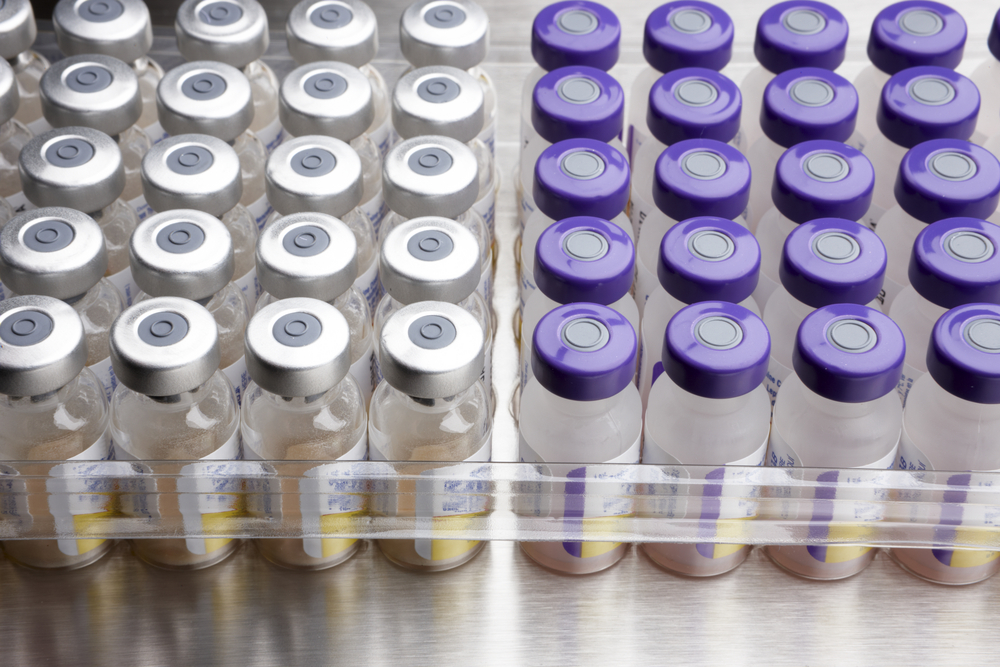Phase 3 Trial Shows Increased Stability of PRX-102 Over Other ERTs for Fabry Disease
Written by |

PRX-102 (pegunigalsidase alfa) is safe for the treatment of patients with Fabry disease and has better stability over other available therapies, according to interim data from a Phase 3 clinical trial.
The most recent results from the trial were discussed during the 15th Annual WORLDSymposium 2019, recently held in Orlando, Florida. The oral presentation, “Once every 4 weeks — 2 mg/kg of pegunigalsidase alfa for treating Fabry disease; Preliminary results of a phase 3 study,” was presented by Holida D. Myrl, a physician assistant at the University of Iowa Health Care and BRIGHT study investigator.
PRX-102 is an investigational enzyme replacement therapy (ERT) designed by Protalix BioTherapeutics to compensate for the lack of alpha-galactosidase A (αGAL-A) enzyme in Fabry patients. This new ERT was developed from Protalix’s plant-based ProCellEx platform, which uses plant cells to produce therapeutic proteins, rather than the commonly used mammalian cells.
In July 2018, Chiesi acquired the exclusive rights to develop and sell PRX-102 in the U.S.
The Phase 3 trial (NCT03180840), called BRIGHT, was designed to evaluate the safety, efficacy, and overall stability and distribution in the body of PRX-102 in Fabry patients previously treated with ERT — Fabrazyme (agalsidase beta), marketed by Sanofi Genzyme, or Replagal (agalsidase alpha), by Shire.
To date, the study has enrolled 28 patients who received 2 mg/kg of PRX-102 administered every four weeks. Of these, 15 patients completed nine of the planned 12 months of treatment. Participants are still being recruited for an estimated total of 30; more information is available here.
Preliminary analysis revealed PRX-102 was stable and remained active in patients’ blood throughout the four-week period between infusions. In addition, PRX-102 was able to achieve about a sevenfold increase in blood concentrations 28 days after administration, compared with Fabrazyme (1 mg/kg every two weeks) 10 hours after infusion.
“The preliminary pharmacokinetic data from the BRIGHT study is very encouraging and suggest that PRX-102 has the potential to be effectively dosed every 4 weeks, compared to currently available enzyme replacement therapies (ERT) for Fabry disease which need to be administered every two weeks,” Holida said in a press release.
For reference, pharmacokinetics refers to the movement of a compound into, through, and out of the body, essentially how the body affects a medicine.
Evaluation of pre-existing antidrug antibodies before patients were switched to PRX-102 showed these had little to no effect on the circulating levels of PRX-102 during the four-week period. The levels of PRX-102 were higher than Fabrazyme even in the presence of these antibodies.
The new ERT was generally safe and well-tolerated by patients, with most reported adverse events mild to moderate in severity. The most common adverse events were infusion-related reactions and paresthesia (abnormal skin sensation).
Participants who complete the 52 weeks of treatment in the BRIGHT trial will have the opportunity to continue treatment with PRX-102 in an open-label extension study (NCT03614234). During this trial, researchers will evaluate the long-term efficacy and safety of PRX-102.





